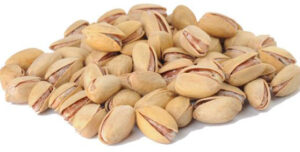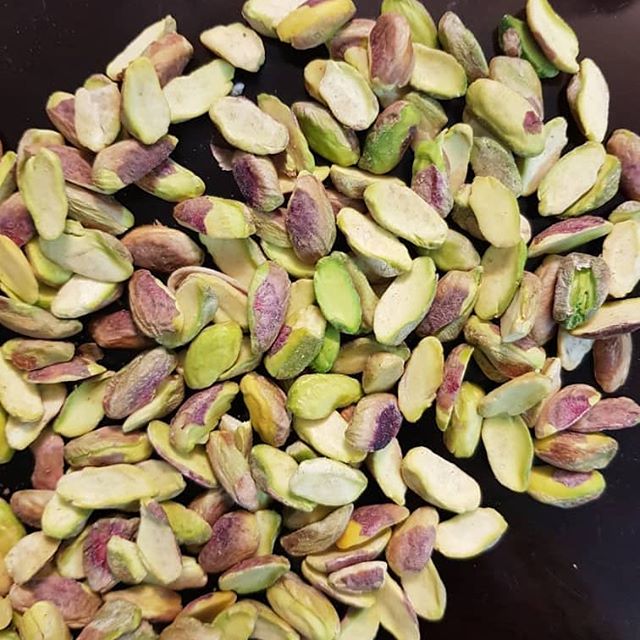The Hidden Threat to Your Pistachio Trees
Understanding the Pistachio Worm and Its Impact on Crops
The pistachio worm, scientifically known as the navel orange worm (Amyelois transitella), is a significant pest that poses a serious threat to pistachio orchards. This small, inconspicuous insect can cause substantial damage to pistachio crops, leading to reduced yields and economic losses for growers. Understanding how to identify and manage pistachio worms is crucial for maintaining healthy and productive pistachio trees.

The Life Cycle of the Pistachio Worm
To effectively combat the pistachio worm, it’s important to understand its life cycle and how it interacts with pistachio trees:
- Egg Stage: The pistachio worm begins its life as an egg, which the female moth typically lays on maturing pistachio nuts or nearby leaves. These eggs are tiny, making them difficult to spot with the naked eye.
- Larval Stage: Once the eggs hatch, the larvae (the actual pistachio worms) burrow into the pistachio nuts. This is the most destructive stage, as the larvae feed on the nutmeat, causing direct damage and leaving the nuts vulnerable to secondary infections by fungi and bacteria.
- Pupal Stage: After feeding, the larvae pupate, either within the damaged nuts or in the soil. This stage is when they transform into adult moths.
- Adult Stage: The adult pistachio worm emerges as a moth, ready to reproduce and continue the cycle. The moths are small and brown, with distinctive markings that can help in their identification.
https://pistachioexporter.com/pistachio-butter/
The Economic and Agricultural Impact of Pistachio Worm Infestations
The presence of pistachio worms can have severe consequences for pistachio growers:
- Reduced Crop Quality: Infested nuts are often unsellable due to the extensive internal damage caused by the larvae. This damage not only reduces the quality but also the market value of the pistachios.
- Increased Pest Control Costs: Managing pistachio worm infestations requires significant investment in pest control measures, including the use of insecticides, pheromone traps, and careful monitoring of orchards.
- Potential for Aflatoxin Contamination: The pistachio worm’s feeding activity can lead to the development of aflatoxins, toxic substances produced by certain fungi. Aflatoxins pose serious health risks to consumers and can result in entire batches of pistachios being rejected for sale.
Effective Strategies for Managing Pistachio Worms
To protect your pistachio crops from the damaging effects of pistachio worms, consider implementing the following management strategies:
- Regular Monitoring: Regularly inspect your orchards for signs of pistachio worm activity. Look for damaged nuts, larvae, or adult moths. Early detection is key to preventing widespread infestations.
- Pheromone Traps: Use pheromone traps to monitor and reduce the population of adult moths. These traps attract male moths, disrupting their ability to mate and reproduce.
- Insecticide Application: In cases of severe infestation, insecticides may be necessary. However, it’s important to use them judiciously to avoid harming beneficial insects and to reduce the risk of pesticide resistance.
- Cultural Practices: Implementing good orchard management practices, such as timely harvesting and proper sanitation, can help minimize the risk of pistachio worm infestations. Removing and destroying infested nuts and debris can prevent the larvae from completing their life cycle.
